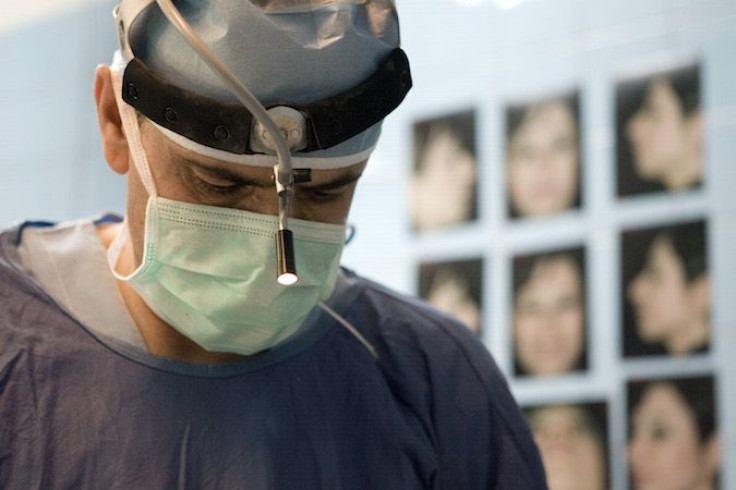Plastic Surgery Techniques 2016 Involve Regenerative Medicine: What Patients Can Expect

Plastic surgery has progressed a lot over the past decade — both socially and scientifically. But, what will the future of facial plastic and reconstructive surgery be like? Turns out regenerative medicine could be the next big thing in the fast-moving field.
A new review article from Matthew Q. Miller of the University of Virginia, Charlottesville, and fellow coauthors has looked at regenerative medicine techniques in facial plastic and reconstructive surgery and revealed suggested directions for future studies. The researchers looked at stem cells, growth factors, synthetic scaffolds and more. The field offers hope to patients suffering crippling disorders of the face and other body parts, in addition to those looking for anti-aging remedies.
For example, "plastic surgeons and researchers are developing regenerative medicine-based treatments for people with congenital anomalies of the hands and face, such as microtia, cleft lip and cleft palate; burns; limb and muscle loss; facial aging; facial nerve injuries; breast cancer; and other reconstructive needs," the Mayo Clinic reported.
"Regenerative medicine is an exciting field with the potential to change standards of care in FPRS [facial plastic and reconstructive surgery]. This review discusses soft-tissue, cartilaginous and bony regeneration in facial plastic surgery using stem cells, growth factors, PRP [platelet-rich plasma] and/or synthetic scaffolds. Our subspecialty has to continue to clinically investigate these techniques to show whether the new frontiers of regenerative medicine improve outcomes and cost-effectiveness in FPRS while not adding to the risks of treatment," the review article said.
According to Miller, regenerative medicine is about unlocking the regenerative potential of allografts and flaps, which are the foundation of surgical reconstruction.
"Regenerative medicine is a game-changing area of medicine with the potential to fully heal damaged tissues and organs, offering solutions and hope for people who have conditions that today are beyond repair," reported the Mayo Clinic.
Scientists hope this new field could be a supplement or replacement for other tactics and procedures that have dangerous side effects or may not be good long-term solutions, such as botox.
Last week, another study about botox was published. It provides evidence that injected botulinum toxin, can actually jump between neurons and hit areas it wasn't intended to treat — adding legitimacy to a fear that began when the product first hit the market.
Back in 2009, the U.S. Food and Drug Administration added a warning to Botox’s prescribing information "to highlight that botulinum toxin may spread from the area of injection to produce symptoms consistent with botulism."
Source: Miller MQ et al. The next frontier in facial plastic, reconstructive surgery. JAMA Facial Plast Surg. 2016.



























